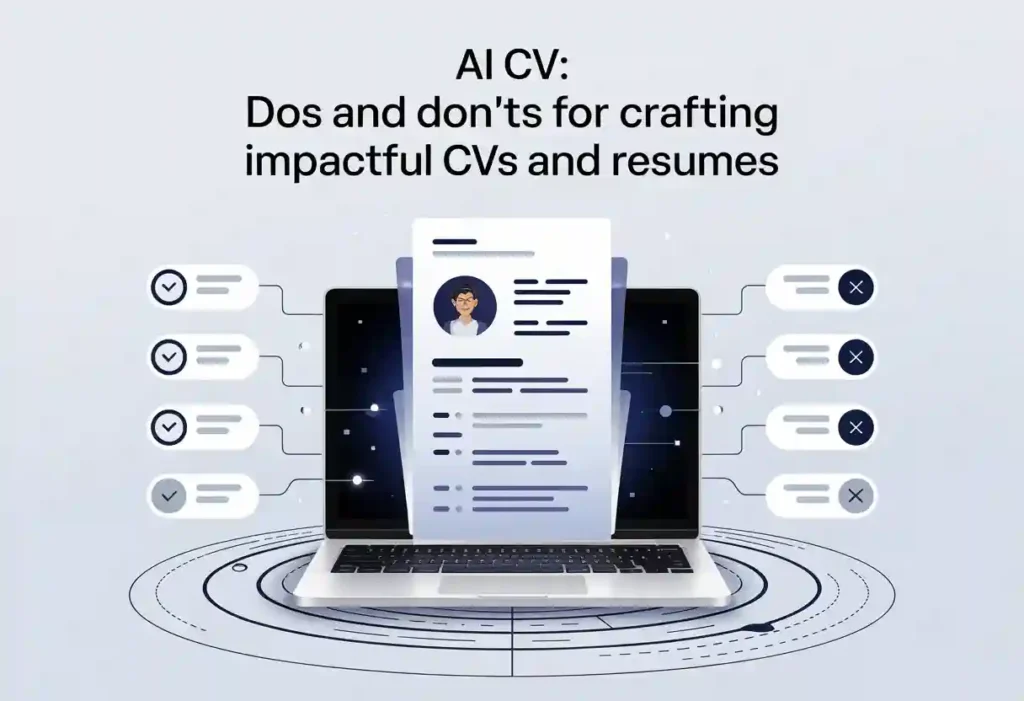The Approach That Shows You Understand the Industry
A novel approach to job applications can help you develop fresh ideas that appeal to your target employer. Still, it can also be the defining difference that gets you an interview over your competition.
The problem-solving techniques are about showing that you have a comprehensive understanding of the industry you are about to enter and how it can be improved for your potential future employer.
However, this approach is not for the work-shy. The critical advice here is that you only get what you put in. This will become clear as we explain the methodology of the approach.
The Problem-Solving Techniques
This approach involves creating a research paper on an issue that solves problems for the industry you desire to work in and then proposing some solutions.
This research paper is attached to your CV and cover letter as further evidence of your qualifications and as other evidence as to why you would be ideal for the job.
This research paper accomplishes a variety of things:
- Shows your in-depth understanding of the industry you wish to operate in.
- Displays your passion and drive regarding the part of the working world you want to enter.
- Raises you above other candidates without attached research papers.
- Points out an issue that is blighting the industry.
- Provides immediate solutions and value to your potential employer, making them associate you with positive action and a value-adding capacity.
This novel approach gives you an advantage over rivals because even before you meet your employer, you have stepped forward as a problem solver for them.
Note: A long and academic-style research paper will work for many industries but not for all.
However, you’ll still be able to provide value by writing a problem-solving article about your industry. This article should show your thoughts about your work area and how to solve these afflictions.
How To Implement The Problem-Solving Techniques
- Find a key challenge or issue within the industry you want to work in.
- Research the problem.
- Find novel or creative solutions to the problem/problems.
- Present your paper/article to your potential employer, your CV, and a cover letter.
We understand that, in theory, this is much simpler than it might prove to be in practice, especially for very technical industries. In this regard, we’d like to refer to our earlier point that you get out what you put into this piece of work.
To help explain this approach further, we’ve included an example of how it works below.
Problem-Solving Approach Example
We will use Jane’s case study to explain the problem-solving techniques for getting an interview (and hopefully, subsequently, a job).
Jane’s industry is Education, and she is applying for a University Lecturer job. The problem she identified was that 90% of her lecturers did not finish their course outlines when she was an undergrad.
She argued that this might be one reason some universities do not perform as well as others in terms of student satisfaction and academic results.
Her solution for this problem was to suggest that lecturers break down their course contents into weekly lectures and follow-up work for their students to ensure they hit every point of their course content by the end of the term.
In addition to her suggestion, she explained how a typical year’s course could be broken down into this format. She said that this framework would be one of the valuable aspects she would bring if she were a lecturer at her desired institution.
Jane then presented all of the information in the style of a research paper, with statistical evidence outlining the problem and how her solution could help improve teaching and add value to the institution that she wished to join.
Dos
- Understand that you can’t solve every problem in the industry; pick something specific and go about solving it in a detail-oriented way.
- Make sure you can provide the solution yourself. Suggesting a solution is one thing, but you must make sure that you know how to deliver when you are asked to.
Don'ts
- Don’t use it as an excuse to disparage the industry you enter. You are pointing out things that could be done better, not attacking the industry for being ineffectual and poorly designed.
- Don’t provide insufficient evidence to support your claims. Make sure that your issue with the industry is built on a foundation of fact.
Key Takeaways
Now that you know the problem-solving techniques for job-seeking, here are a few crucial points from this article.
- If you will employ this approach, commit to it. You must ensure that your research paper/article captures your great ideas about solving an issue in the industry.
- Throughout the writing and researching process for this piece of work, always have this question in your head: “How will this add value to the people I am trying to work for?”.
- Don’t forget the rest of your application. The research paper may be the defining point of difference that gets you the job. However, you must also ensure that your CV and cover letter are strong. A cover letter is vital too.
Further Reading: How to be a great employee prospect
- Fastest Ways To Get Employee & Job Referrals: Why Need Referrals?
- The 30-60-90 Day Plan You Should Use To Ace Every Job Interview (And 3 Samples)



